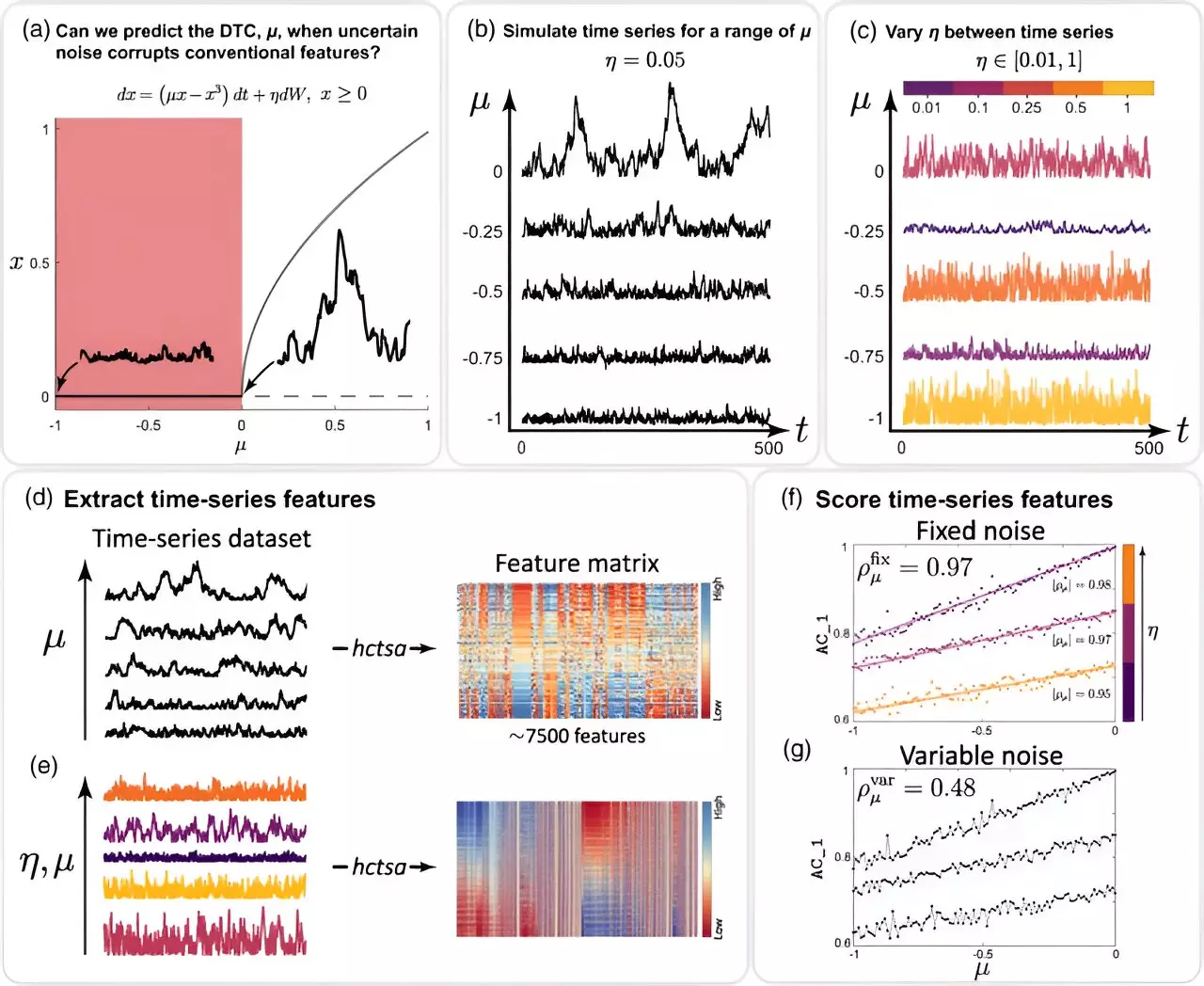In the world of science, the concept of critical points plays a crucial role in determining the behavior of various systems. These critical points are essentially the tipping points where the system transitions from one stable state to another, often resulting in catastrophic outcomes. While the idea of lemmings running off cliffs is merely a myth, the reality of critical points can be observed in phenomena such as stock market crashes, power grid failures, and climate system disruptions.
Identifying when a system is approaching a critical point is a challenging task. Previous research has shown that systems tend to exhibit slower and more variable behavior near critical points. However, in noisy systems where measurements are imprecise, traditional indicators may not be effective. To address this issue, researchers have explored over 7,000 different methods to find robust indicators capable of predicting critical points accurately in real-world systems.
After extensive experimentation, a new method known as RAD (Rescaled AutoDensity) has been developed to predict critical points in complex systems. Unlike traditional indicators, RAD has demonstrated remarkable efficiency in noisy environments, making it a valuable tool for analyzing real-world data. This method has the potential to revolutionize the way critical points are identified and could lead to significant advancements in various fields.
To validate the effectiveness of the RAD method, researchers conducted experiments on brain activity in mice, focusing on regions responsible for visual interpretation. By analyzing neural activity using RAD, researchers were able to identify areas close to critical points with high precision. Interestingly, regions with simpler functions were found to operate further from critical points, while areas with complex functions were closer to these tipping points. This suggests that the brain may leverage critical points to enhance its computational capabilities.
The concept of systems operating near critical points has broad implications across different domains, ranging from finance to medicine. By gaining a deeper understanding of critical points and developing accurate prediction methods like RAD, researchers can potentially forecast sudden changes and prevent catastrophic events. This innovative approach could have far-reaching benefits, such as predicting seizures in epilepsy patients or anticipating financial crises before they occur.
The study of critical points in real-world systems offers a fascinating glimpse into the underlying mechanisms that govern complex behaviors. By harnessing advanced methods like RAD, scientists are paving the way for groundbreaking discoveries and applications in diverse fields. The ability to pinpoint critical points and anticipate system transitions not only enhances our understanding of complex systems but also opens up new possibilities for improving decision-making and risk management in the future.


Leave a Reply